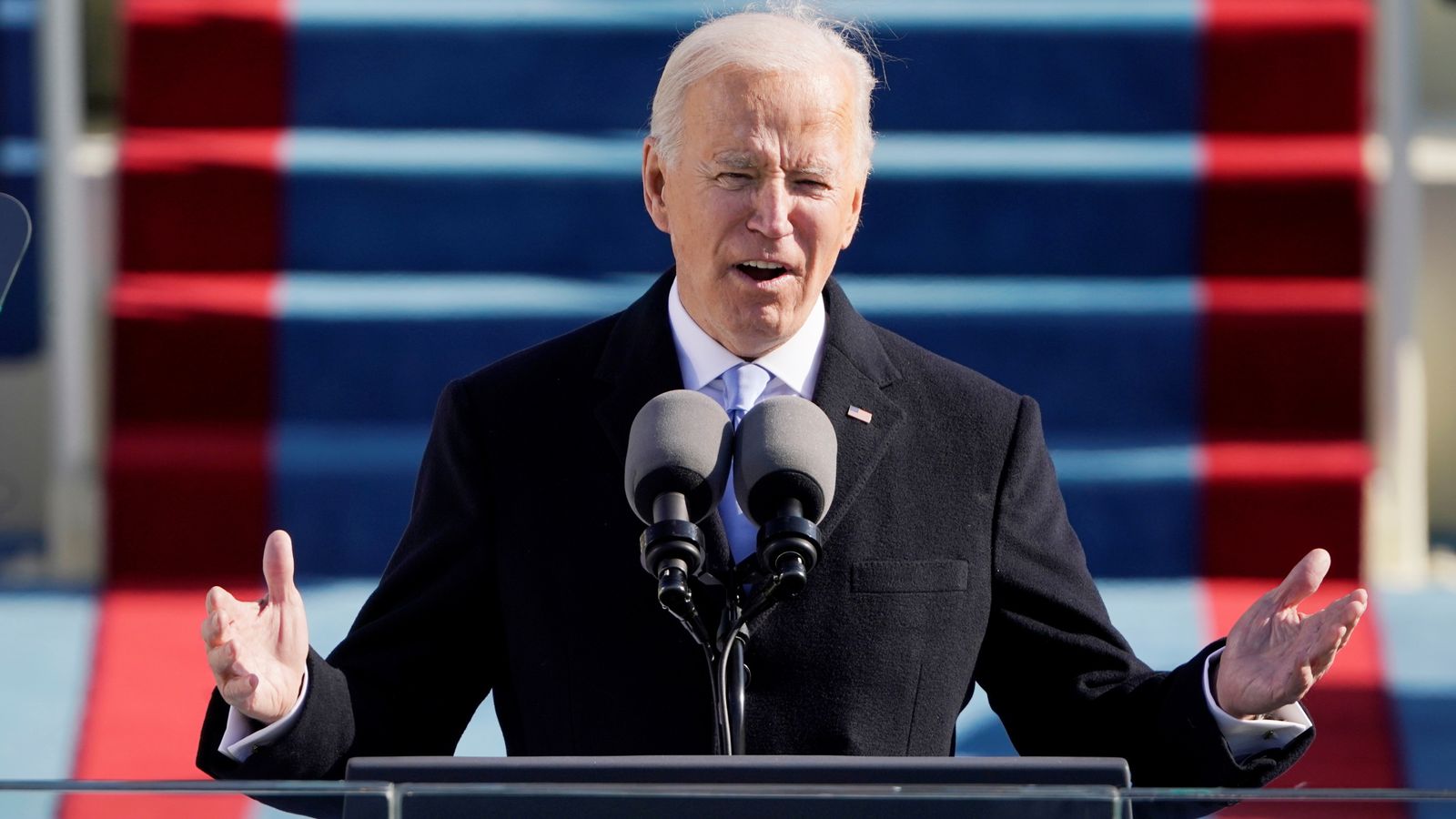City Hall is busy reforming Fresno’s signature homelessness program while almost certainly defining the signature issue in this year’s mayoral race – neighborhood disorder and instability.
The City Council last month took Mayor Ashley Swearengin’s suggestion and committed more than a half-million dollars to beef up MAP Point at The Pov, a one-stop center for homelessness services.
In a nutshell, City Hall is spending $520,000 to hire as many as seven outreach workers to contact the homeless where they actually roam and reside.
MAP stands for Multi-agency Access Program. The Pov, of course, is common shorthand for the Poverello House, the nonprofit south of downtown that has always been a blessing to those down on their luck.
“Point” is the name’s key concept. Fresno has long had a substantial array of government and community-based help for the homeless. The challenges facing the homeless, typically unsuited to navigating opaque bureaucracies, are just as varied. How to mesh supply and demand?
MAP Point is a single spot where providers and the homeless can see what’s available and what’s needed, then get busy changing lives. City Hall is just one of many agencies helping call the organizational shots.
Housing, obviously, is at the top of the MAP Point’s agenda. Help for the mentally ill and the addicted are part of the menu, too.
Swearengin and Lynne Ashbeck (Clovis mayor at the time) joined other political/social service officials in February 2015 to officially unveil the double-wide trailer that serves as MAP Point’s headquarters.
Yes – it’s located right next to the Pov, and it’s only a 60-second walk from the Fresno Rescue Mission.
“This is a major moment” in the effort to help the homeless, Swearengin said.
But 10 months of experience has tempered the early optimism. The original idea was that most of MAP Point’s clients, on their initiative or by referral, would make their way to the trailer on G Street, south of Santa Clara Street.
“Hello,” the homeless man would say as he walked through the front door.
“We’re here to help,” the MAP Point receptionist would reply.
And the rest would be a happy ending.
To a degree, things have unfolded in such fashion. Poverello House Executive Director Cruz Avila told the City Council in December that nearly 1,300 people to date had visited MAP Point.
But still the homeless are out there. They seem to be growing in number. They are in every corner of Fresno. They get blamed – fairly or not is open to be debate – for a lot of crime and mischief. And they’re at the heart of a lot of constituent phone calls to council members.
The invasion of neighborhoods by the homeless “is a real problem that we all want to address and resolve,” District 4 Council Member Paul Caprioglio said in December. “It’s one of our biggest complaints.”
Swearengin and City Manager Bruce Rudd hear the complaints, too. After talks with top cops and Avila, they decided MAP Point’s original business model – sit back and wait for customers to show up – was close to failing.
MAP Point would have to get off its fanny and go where the customers are. In other words, the streets.
“We’re trying to make it fit real-world realities,” Rudd told me last week.









What about addressing private efforts to assist homeless people like the Eco Village Project’s Dakota EcoGarden, and our mission to build a village like the ones in Oregon, Washington, Texas, New Mexico, etc. How about the merits of the city joining forces for a public/private coalition to respond to the homeless problem? The city turns a blind eye to private resources like the Dakota EcoGarden and won’t put any skin in the game. You know, the city doesn’t a lock on answers to the problem. Brainstorming with dedicated groups who have put their money, blood, sweat, and tears into helping homeless people might be just what the city needs to refine its perspective and come up with a diffrent or modified game plan.
There’s a huge disconnect here. What happened to the 1300 who visited MapPoint?. I personally know many, including mentally ill folks, who have not been helped with housing. So how does it help to put more staff at map point? Someone needs to get on the job of actually finding or making the housing happen. One point that needs to be acknowledged is that homeless folks may refuse housing that they see as being in the middle of drug infested neighborhoods and/or housing that requires them to get rid of beloved pets.